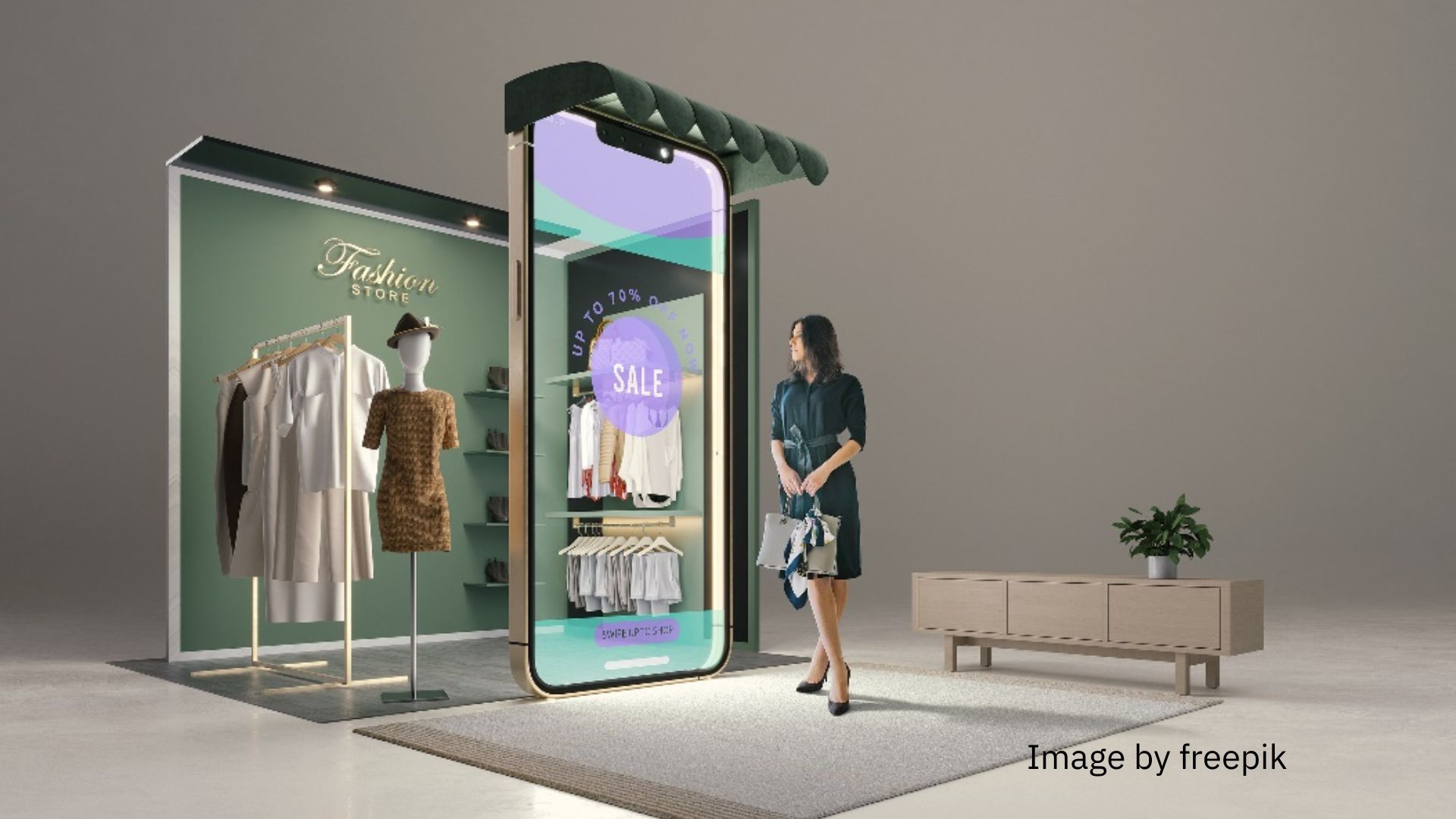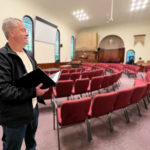The first internet revolution transformed the human relationship with their location: the physical whereabouts of users became irrelevant as vast streams of information surged across the globe. However, in the upcoming revolution, technology specifically empowers experience at a location through smart, environment-adaptive functionalities, and user experiences. This revolution carries immense implications for a significant upgrade in shopping experiences in commercial centres and residential living. Enter the fascinating world of interactive buildings rooted in the doctrine of “digital architecture”.
A Multifaceted Revolution
In ancient times, when people sought goods, they journeyed to the town market. There, they purchased their commodities with money or exchanged goods for them. They knew that on a specific day and time, they could locate the stall vending what they sought. Later, certain shops acquired permanent structures, and the rules were clear: the buyer entered the premises to find what they were looking for, paid and departed. With time, the world of marketing nudged buyers to engage creatively within the space and depart with a new product. But now, we stand at the brink of a new revolution: the geographic location of a store is not merely a physical point on the map. It’s a place fostering a dialogue with customers, using sophisticated algorithms to provide them with a personalized and engaging experience that endures over time. But before delving into this revolution, let’s delve into the herald: the realm of digital architecture.

What is Digital Architecture?
Digital architecture is a relatively new architectural style that assigns a broader role to computational algorithms to design a new kind of building: those creating intricate engineering forms requiring complex calculations for construction. Monumental suspension bridges, revolving skyscrapers, and nature parks sheltered beneath colossal canopies are just small examples from the domain. Moreover, an essential facet of this new niche is the development of interactive buildings. Not only can the building itself possess kinetic and movable elements, but its interior can also metamorphose and sculpt its appearance based on thousands of different parameters. This trend integrates with another revolution, the Internet of Things (IoT). In a world where every device we use comes equipped with a “smart” component gathering useful information for us through sensors—and that device can adapt its functions based on the received information—our lives become significantly more comfortable, and our resources operate more efficiently for us. One of the striking examples is the EDGE building in Amsterdam—erected back in 2015; it has since emerged as a pioneer in its flawless functionality. Employees within the EDGE building lack fixed spaces: an app allocates spaces based on their schedules, even managing their parking. The app also suggests seating based on desired temperatures, facilitates orders across various office spaces, and synchronizes with the fitness center app within the building’s premises. This holistic interface is also attuned to environmental trends, harnessing solar panels and a smart rainwater collection system for winter use.
A Space with personal customer experience
However, beyond the amazing functional advantage of the interactive buildings, the real plus is the ‘hidden’ aspect of the visitor experience in commercial complexes that leaves a strong impression. Now, it’s not that the customer enters a store and tries to find their way inside; it’s quite the opposite: the complex, under this new doctrine, is elastic, intriguing, and constantly changing according to the customers’ desires. Zorlu Center is a wide real estate area in the heart of Istanbul that combines offices, a mall, and residential spaces. The Euro-Asian division of JLL, the company that constructed the complex, decided to use principles of digital architecture to promote sales within it. The company hired the services of Dr. Yaron Meiri, CEO of Orpan Group, which has established numerous experiential complexes and museums worldwide. Dr. Meiri said: ‘We decided to emphasize a powerful and memorable visitor experience within the sales area. Visitors who showed interest were given an alternative glimpse in three unconventional ways. The first way was through an interactive 3D model of the property, and the second way was with the help of VR goggles that provided a peek into one of the ‘sample apartments.’ And here comes the third element: in this tour, all senses were engaged. The virtual tour experience was designed as if the visitors were entering a personalized apartment, where different scents were activated in various parts of the home, allowing them to feel the humidity entering the bathroom and hear music coming from the rooms. We understood that to create the maximum impact for visitors, we had to engage all human senses and do so in a way that aligns with the space we aim to market.”

The Buzz of the Bee
After discussing the functional element alongside an experiential one, what happens when the two converge? At KEW Gardens, the royal botanic gardens in London, stands an intricately woven installation made of aluminium threads, resembling an authentic beehive. This stunning representation becomes even more impressive when you realize it actively communicates with a nearby real bee. The display contains thousands of LED lights that react automatically to the bees’ movements, emitting harmonized sounds corresponding to their buzz. All these are accompanied by real-time data on the bees’ activity, automatically monitored and presented to the audience. While this might not be a marketing tool attempting to attract buyers, similar models in the commercial sector could create an equally significant impact.
In conclusion, Dr. Meiri describes the role of digital architecture in interactive marketing: “We’ve reached a point where localism and a sense of lingering in a space receive surprising reinforcement from an unexpected factor. The incredible evolution of the information revolution and synchronization has led us to a situation where we can provide our customers with an incredibly sensory experience tailored especially for them, engaging in a fruitful and intriguing dialogue. This could have positive implications for the brand experience over time.”
So, are you ready for the next stage?




